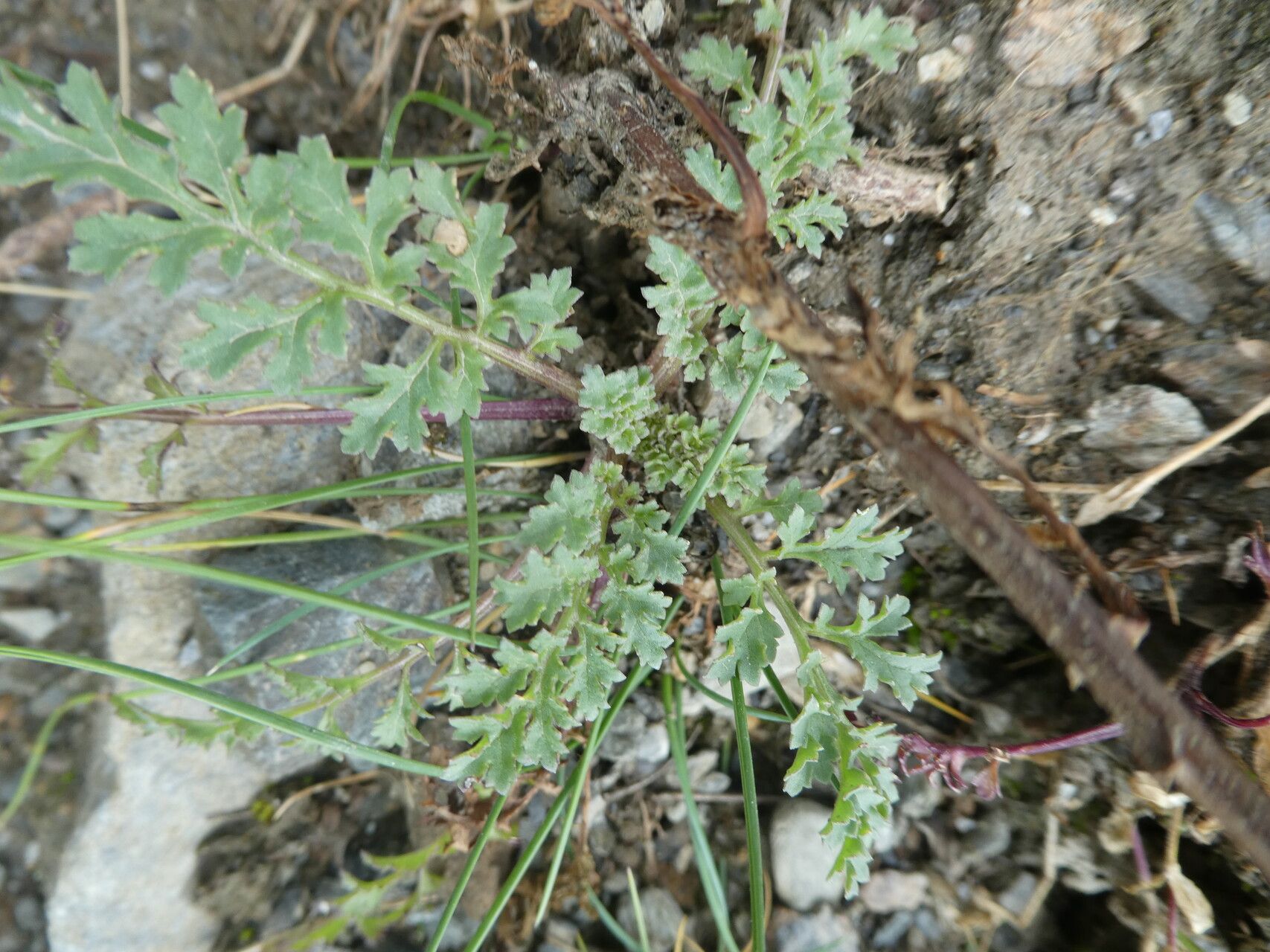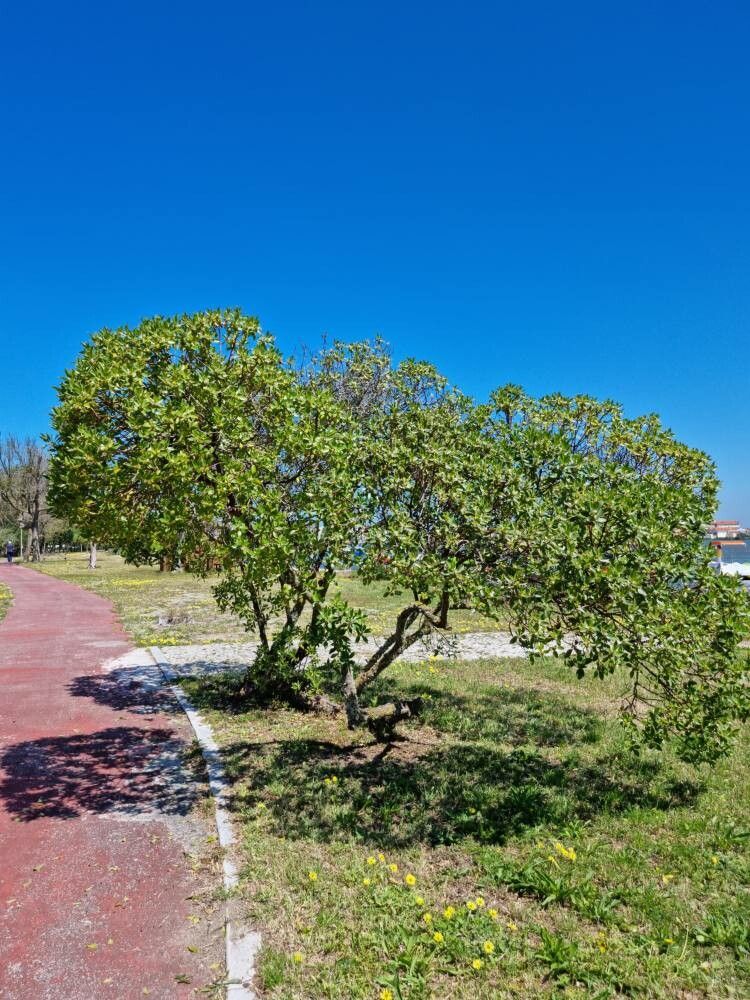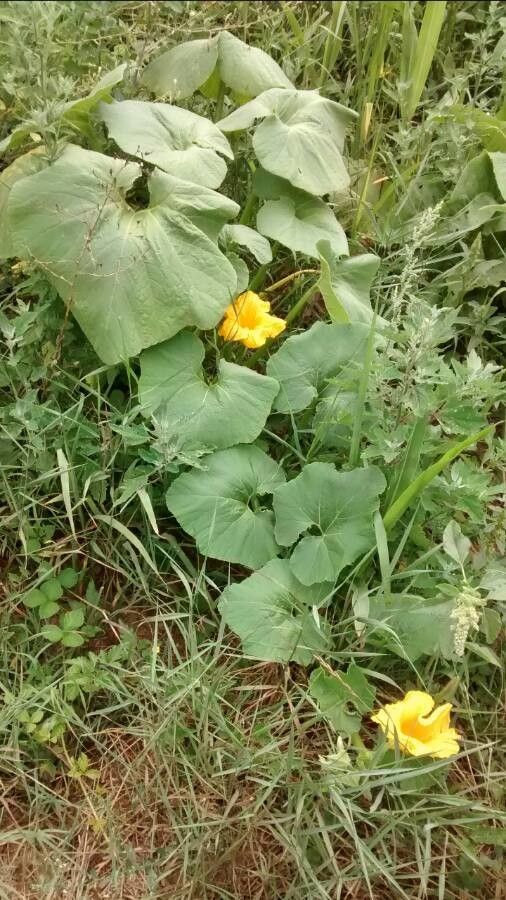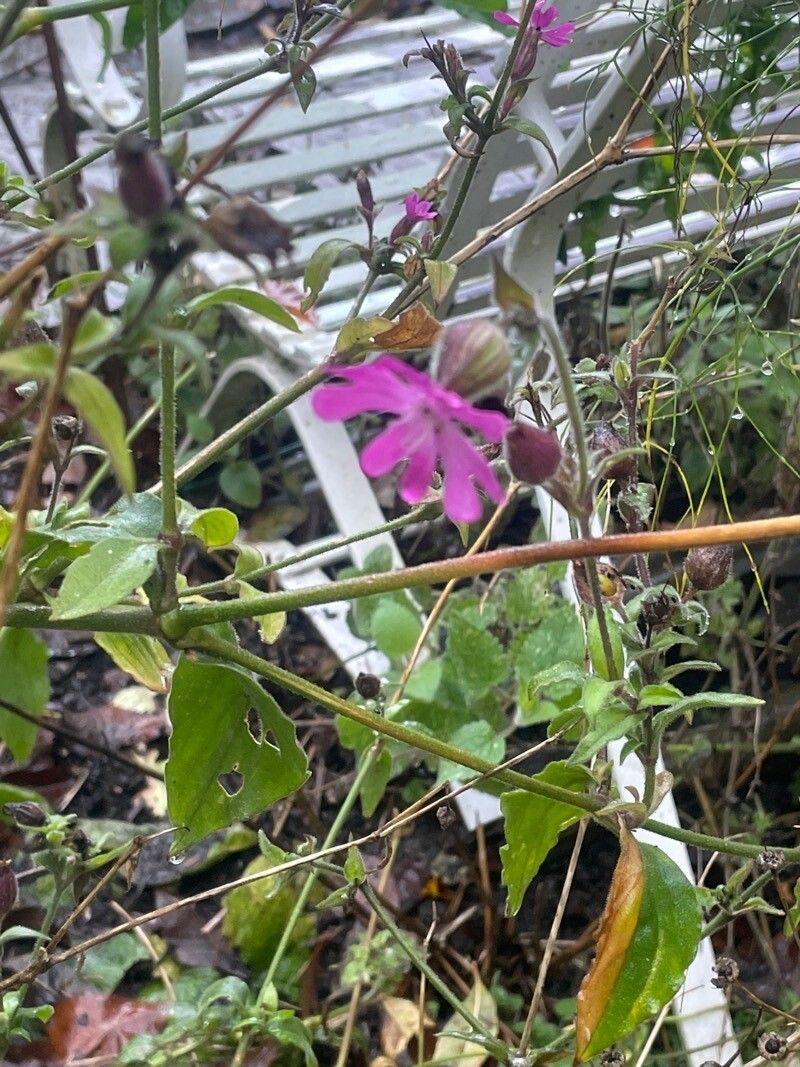## French Figwort: A Gardener's Guide
French Figwort (*Scrophularia nodosa*), a member of the Scrophulariaceae family, is a fascinating herbaceous perennial often found in damp woodlands and hedgerows across Europe and parts of Asia. While not as widely cultivated as other garden plants, its unique characteristics and historical uses make it a captivating subject for both seasoned gardeners and curious plant enthusiasts.
### Habitat and Growth
In its natural habitat, French Figwort thrives in moist, shady conditions. It prefers rich, well-drained soil, though it tolerates a range of soil types as long as they retain some moisture. These conditions mimic its native environment, often found along streams, in damp woods, and near hedgerows. It can grow up to 1-2 meters tall, forming a spreading clump of square stems with opposite, ovate leaves. The leaves are serrated and have a slightly rough texture. The plant spreads via rhizomes, allowing it to form extensive colonies over time.
### Flowers and Blooming
French Figwort blooms from late spring to early summer, producing clusters of small, brownish-purple flowers. These flowers are not particularly showy, but they have a unique structure and are attractive to pollinators such as bees and hoverflies. The flowers are followed by small, capsule-like fruits containing numerous tiny seeds, aiding in its natural spread.
### Cultivation and Care
Cultivating French Figwort in your garden is relatively straightforward. Choose a shady location with consistently moist, well-drained soil. While it tolerates partial sun, prolonged exposure to direct sunlight can scorch its leaves. Regular watering, especially during dry spells, is crucial. It's not overly demanding in terms of fertilization, but a balanced, slow-release fertilizer applied in spring can promote vigorous growth.
### Medicinal Uses (Historical and Cautionary)
Historically, French Figwort has been used in traditional medicine for various ailments. However, it's crucial to emphasize that **French Figwort should not be used for self-medication.** Many compounds in the plant are toxic when ingested. Modern herbalism generally avoids its internal use due to potential toxicity. Any use of French Figwort for medicinal purposes should be strictly under the guidance of a qualified healthcare professional or experienced herbalist.
### Propagation
French Figwort can be propagated by seed or by division of established clumps. Seed sowing is best done in autumn or spring in a seed tray, then transplanting seedlings to their permanent location. Division can be carried out in spring or autumn, carefully separating the rhizomes to create new plants.
### Pests and Diseases
French Figwort is generally a hardy plant and relatively resistant to pests and diseases. However, watch for common garden pests like slugs and snails, which may occasionally nibble on the leaves.
### Conclusion
French Figwort, with its unique charm and fascinating history, offers a rewarding addition to a shaded garden. While its medicinal uses are best left to professionals, its aesthetic appeal and ecological value make it a worthwhile addition for those seeking to diversify their gardens with a touch of the wild.
French Figwort: A Gardener's Guide

Frequently Asked Questions
How do I grow French Figwort?
Plant French Figwort in a shady location with consistently moist, well-drained soil. Water regularly, especially during dry spells. A balanced, slow-release fertilizer can promote growth.
Is French Figwort poisonous?
Yes, parts of French Figwort contain toxic compounds. It should not be ingested, and any medicinal use should be under the strict guidance of a qualified professional.


